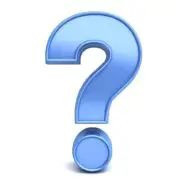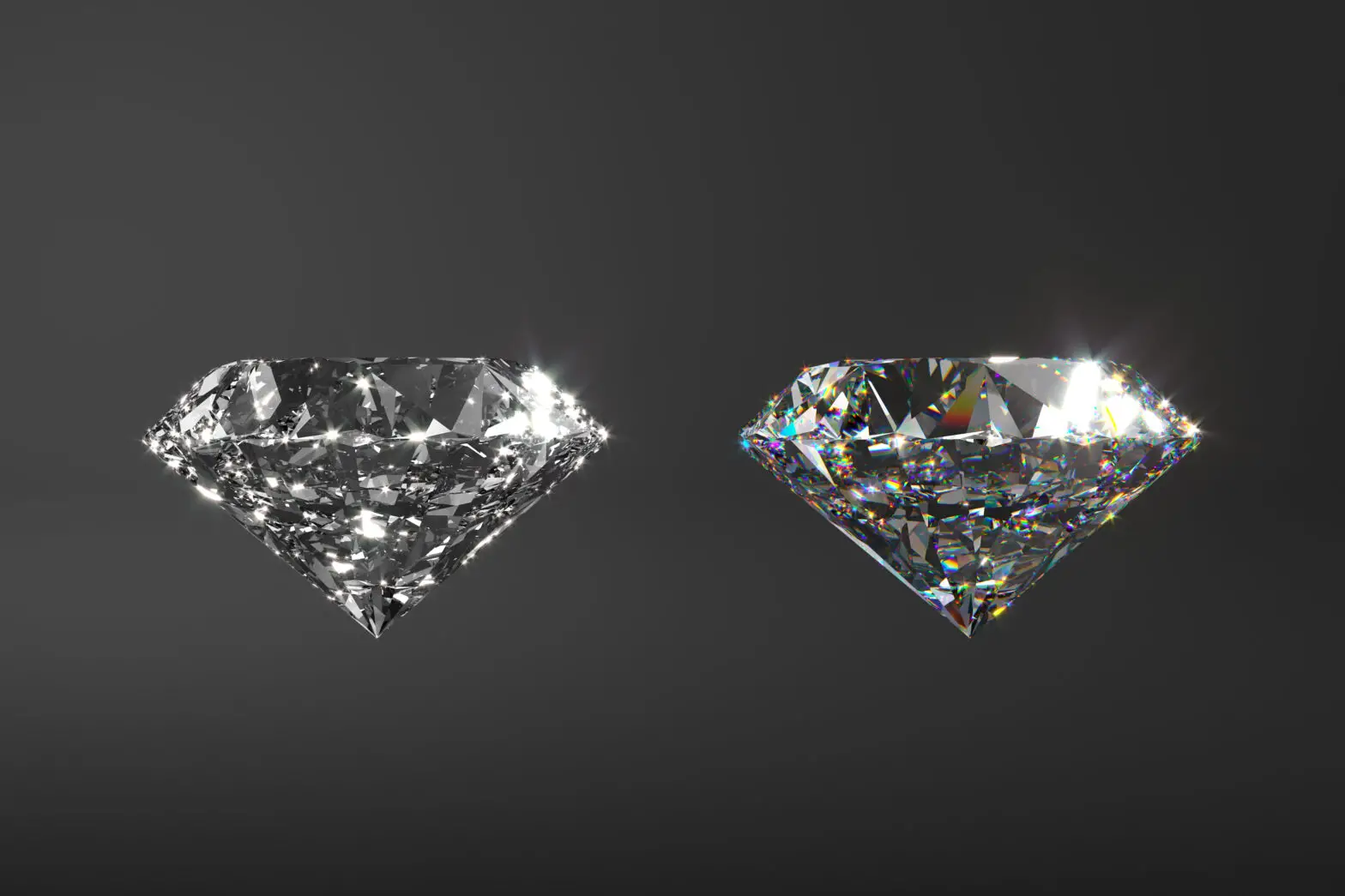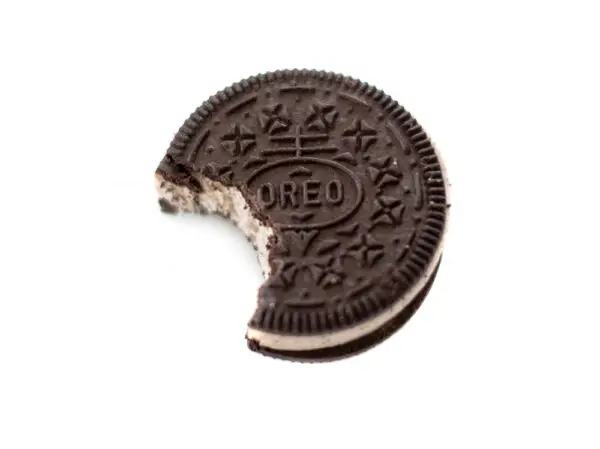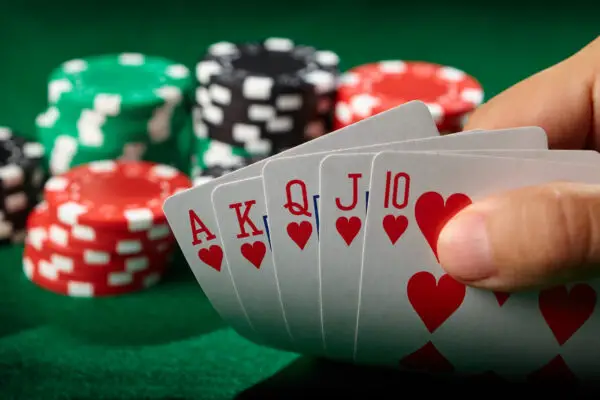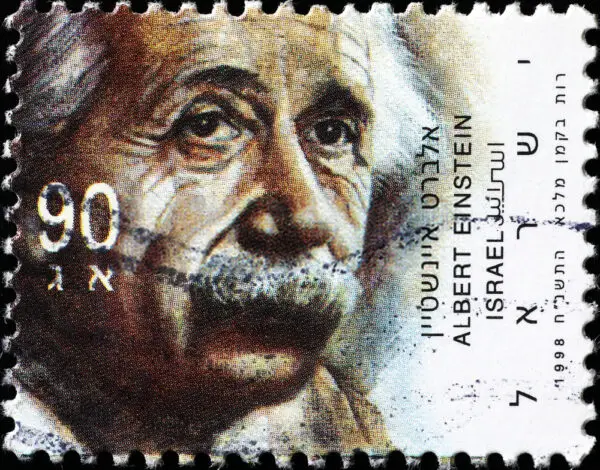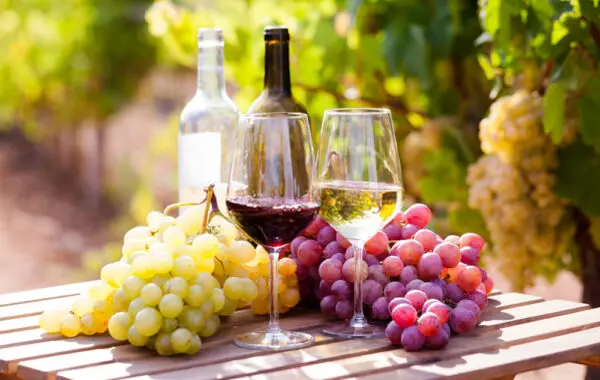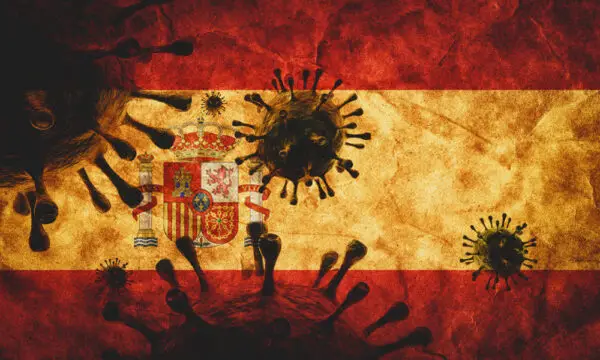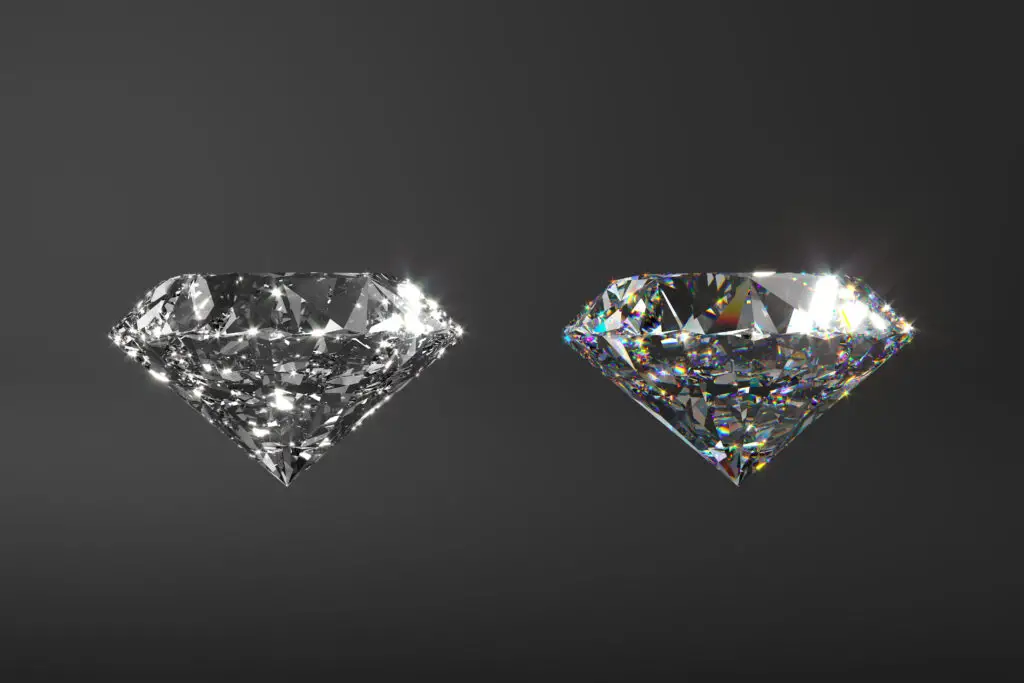
Diamonds are a girl’s best friend… or so they say. But with technological advancements and the ever need to make more money, it was inevitable that fake diamonds would be a thing. Diamonds can be faked by using other gems or materials that can mimic diamonds visually, at least for the short term.
How are Fake Diamonds Made?
Some gems that can pass off as fake diamonds are colorless sapphire, colorless topaz and colorless zircon. Other methods are created in labs like the famous Cubic Zirconia and Synthetic Moissanite. These are vastly different from real diamonds which you will definitely notice over the long term.
You also get actual lab grown real diamonds, where the composition and hardness is exactly the same as a mined diamond, the only difference is it didn’t take millions of years of heat and pressure to produce in the Earth. Instead, the temperature and pressure is replicated in a lab to create them.
These lab grown diamonds are not fake, as they are real diamonds. They are fast becoming more popular than mined diamonds due to them being 100% conflict-free, clearer clarity and easier on the wallet.
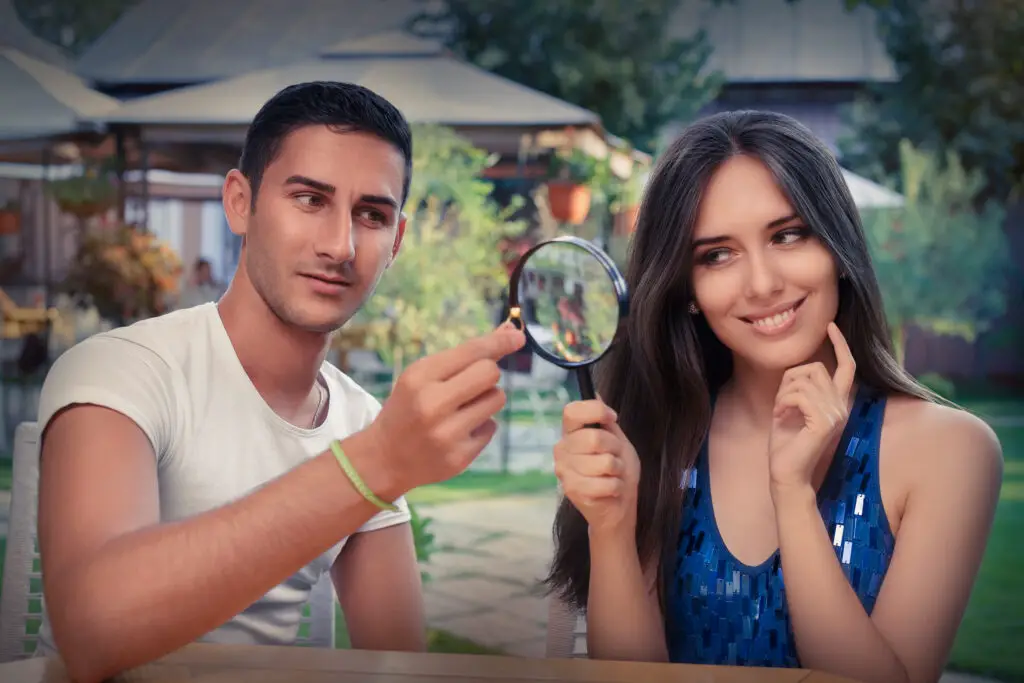
So How do I tell a Real from a Fake?
While mimicking diamonds use extremely clever technology, you can easily determine real from fake with these 5 simple methods. While they aren’t all fool proof, they can definitely lead you on the path for truth.
1. Breath
One of the simplest ways to test your diamond is to breathe on it like you do to fog up a mirror or glasses. If the diamond fogs up quite easily and stays for a few seconds, that is a good indication of being fake. Real diamonds are extremely dense so the condensation doesn’t easily go on and stick to the a real diamond’s surface.
2. Water
Another easy method is to get a glass of water and drop your (loose) diamond in it. A real diamond will easily sink to the bottom, once again being so dense, that they cannot float. If your diamond floats, it is a clear sign of some tomfoolery going on.
3. Black Light
This method would obviously need a black light of some sort. Turn off all the lights and shine a black light on a diamond, you should notice a blue fluorescence/reflection if it is a real diamond. If instead you get a yellow/green/grey fluorescence, it is most likely a fake diamond.
4. Magnifying Glass
Look at your diamond through a magnifying glass, the more powerful, the better. Look for any imperfections or inclusions on the stone. If there are no imperfections, it is most likely a fake diamond. Most diamonds have some sort of imperfections or inclusions from being around so long. While you do get perfect, flawless diamonds, they are incredibly rare and pricey. Or they are lab grown as I mentioned previously.
5. Loupe
A Loupe is basically a strong magnifying glass without the handle. You may have seen these in movies when people try to determine if the diamond is real or not. It uses the same method as the magnifying glass, looking for imperfections, but it’s better at doing so. If you can get your hands on a loupe then you are one step closer to finding the truth!
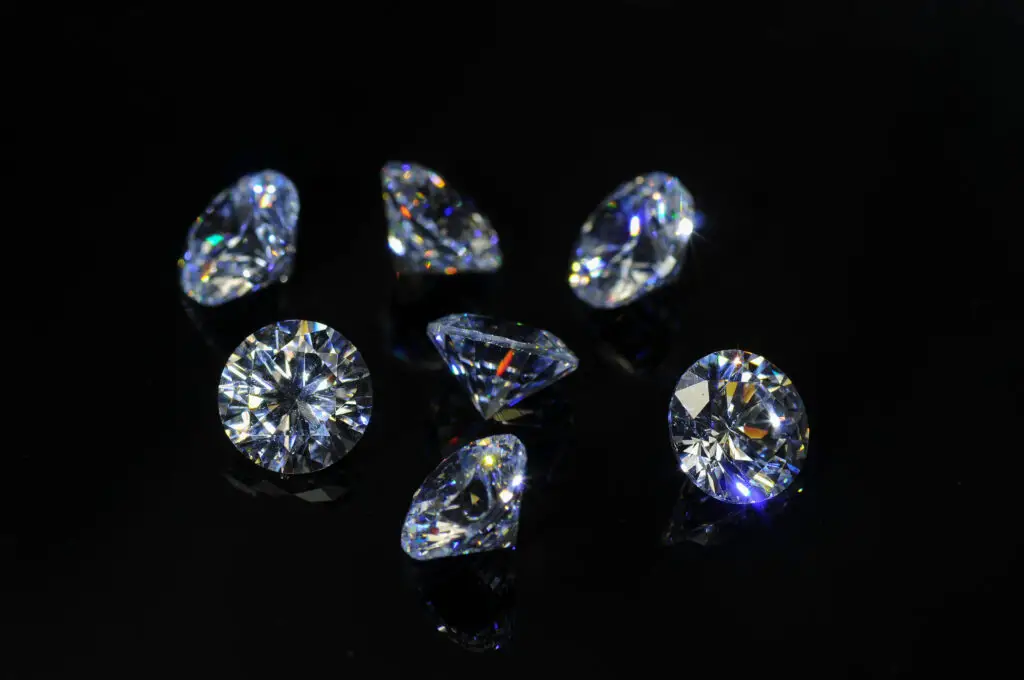
Conclusion
Remember, these are quick and easy methods to determine if a diamond is possibly fake or not if you are in a rush. If you really need to find out if you are spending lots of money on a real or fake diamond, it is worth it to get examined by a real and reputable jeweler. However, if you are in pinch, you can use any or multiple of these methods to quickly see if you are on the right track.
Other Interesting Facts
- The Way You Eat Oreos Says a Lot About You!We all eat oreos differently, but did you know the way you eat them says a lot about who you are? Which type of person are you?
- What are the Odds of getting a Royal Flush?We all see Royal Flushes in movies, but what are the odds of actually getting a Royal Flush?
- Scotland’s National Animal is a UnicornMost country’s national animals are native, but not Scotland’s…
Facts You May Not Know
- What Were Albert Einstein’s Last Words?Albert Einstein is one of the most famous thinkers in history, but what were his last words?
- How many grapes does it take to make 1 bottle of wine?Ever wondered how many grapes it takes to make 1 glass of wine? Or a whole bottle of wine?
- The Spanish Flu didn’t originate in SpainAll though it contradicts the title, the Spanish Flu actually originated in…
